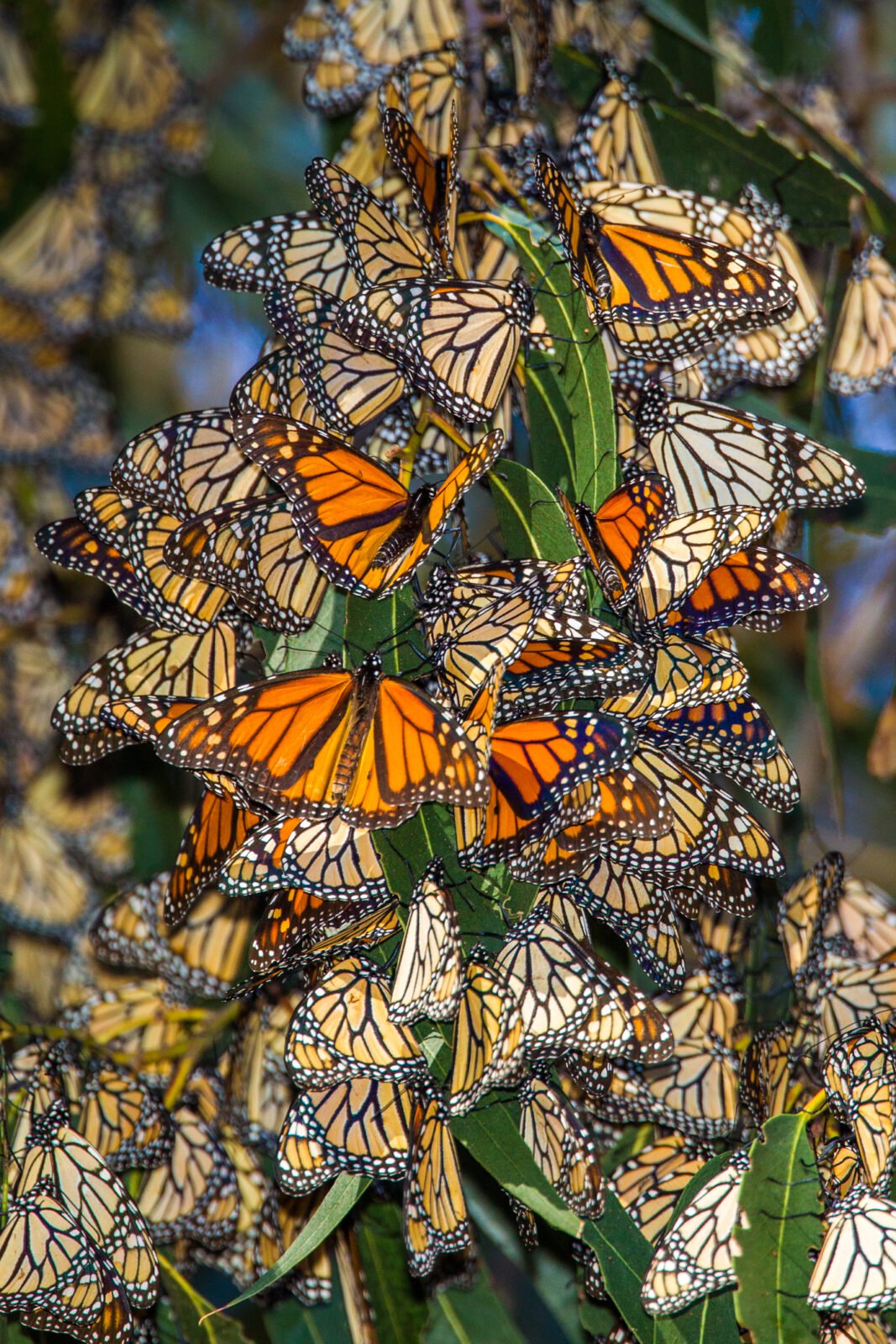
Native News Recap: 2022
Here’s a native news recap looking back at some of the biggest native plant news stories of the...
It’s a familiar sign of success―a large, lush, green lawn, perfectly manicured even in the height of summer heat. Unfortunately, it’s not sustainable. Maintaining this kind of traditional landscaping requires gasoline (which pollutes the air), lots of labor (which is back-breaking or expensive), hundreds of gallons of water, fertilizer and pesticides, all of which run off into streams or carry pollutants into the water table. In addition to being hard on the environment, the traditional large green lawn doesn’t provide any sort of habitat for insects, birds or wildlife. This year, why not start converting your lawn in to a meadow? If you have a small area on your property that’s difficult to reach with a mower or that you have trouble watering effectively, consider implementing the lawn-to-meadow process with that area. Choose an open, sunny, non-shaded spot. (It’s okay if you don’t have a 100% sunny spot; there are some woodland plants that handle shady areas well, also). Begin by stripping all of the existing vegetation. It’s advisable to do this by hand instead of with herbicides, since we want to reduce the amount of pollutants. It’s very important to de-vegetate so that the ‘old’ grass and unsustainable landscape won’t compete with your new native plants. Make sure to loosen the first few inches of topsoil, so that new plants can easily take root. Then transplant your native plants to the lawn. Dig a slit just wide enough for the base of your plant, and then tamp the soil, following by watering just enough to establish until the plants. Part of the idea is to save water, so just give the plants a little at the beginning. Mix your species and try to plant in an informal pattern. You want it to look as natural as possible, as if the plants came from seeds dispersed by the breeze. You can plant as many or as few as you want. Just remember that many of these plants will re-seed in autumn and grow to cover the space. Don’t forget to check your local ordinances to see what your responsibility is for ‘vegetation control’. Many native grasses, ferns and ground covers satisfy local ordinances since they’re a low height. You’ll also want to round out the appearance of your meadow with flower/plant beds and areas of shrubs or trees, some of which can be edible to help support the local ecosystem (which we are part of). It’s likely that you’ll see new kinds of insects, butterflies and moths that you haven’t before, and as your project grows, you can also expect to attract additional wildlife such as birds, bees, and even frogs, in some areas. Make sure to start small. We know you’ve worked hard on that lawn and are hesitant to tear it all up. Just remember that over time you’ll save money, your back and the environment when you convert the entire lawn to a meadow teeming with native plants, flowers, bushes, trees and wildlife.

Here’s a native news recap looking back at some of the biggest native plant news stories of the...
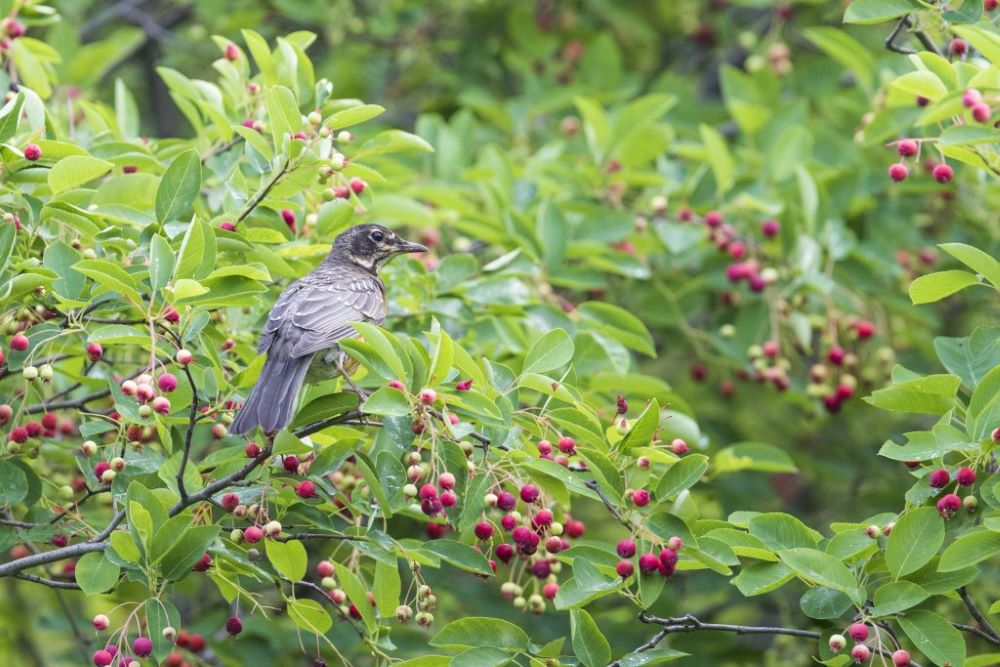
In the past we have emphasized the importance of keystone species in supporting bird populations,...
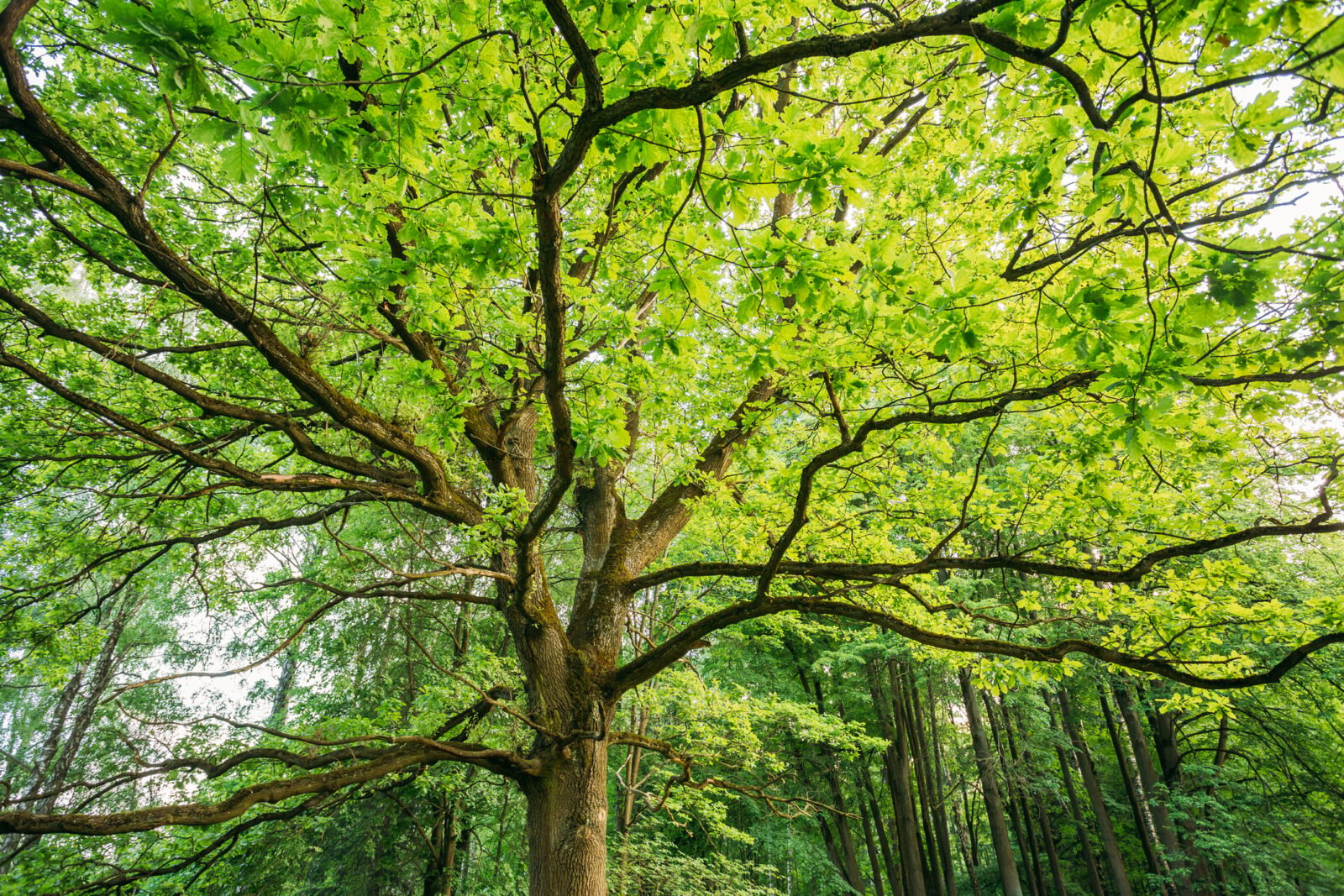
Perennials are the stars of most gardens, and no wonder! They provide a variety of shapes and col...
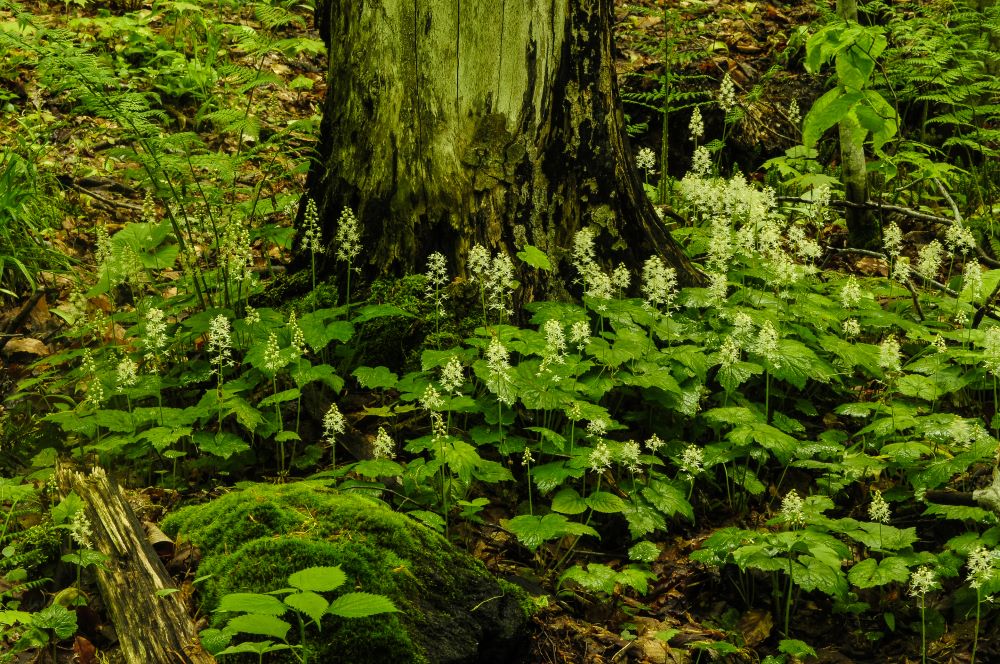
These native ground covers for shade make a perfect living mulch by holding in moisture, keeping ...
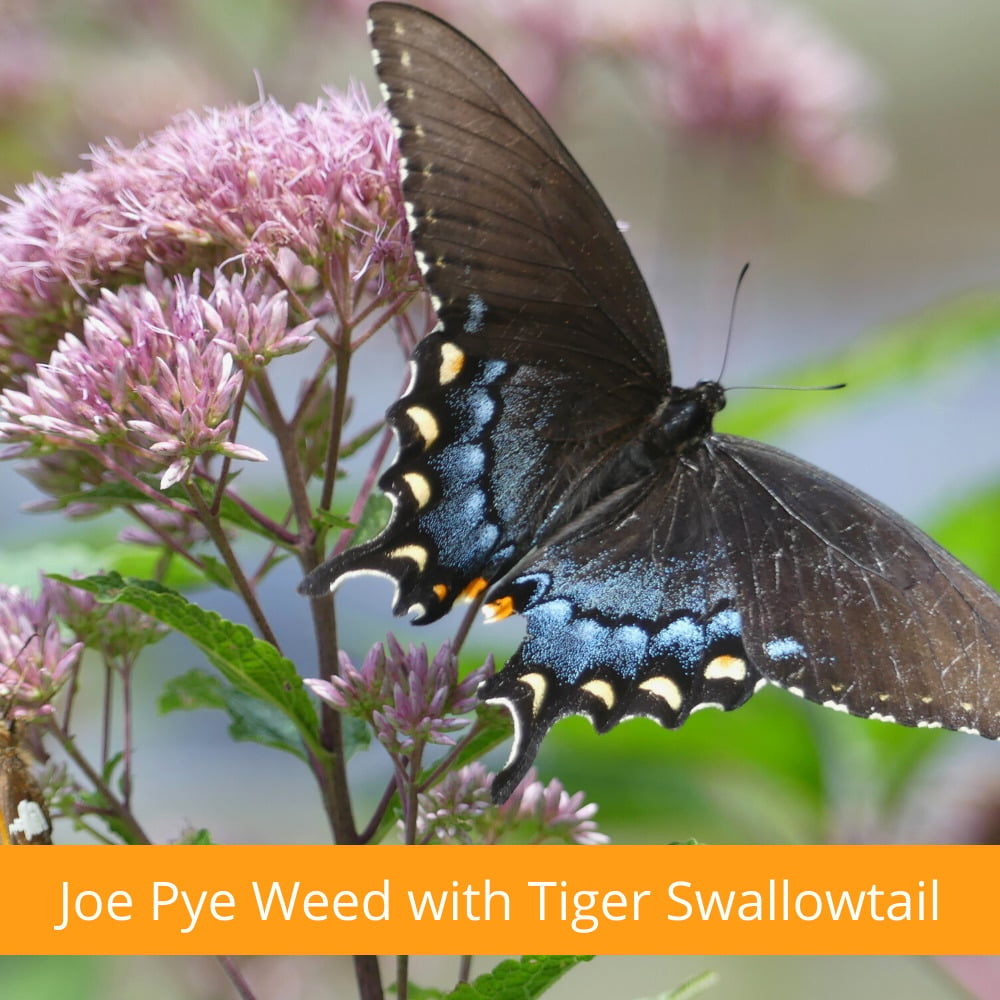
Gardening is ‘In’! Over the past two years gardening has suddenly become very popular with pe...
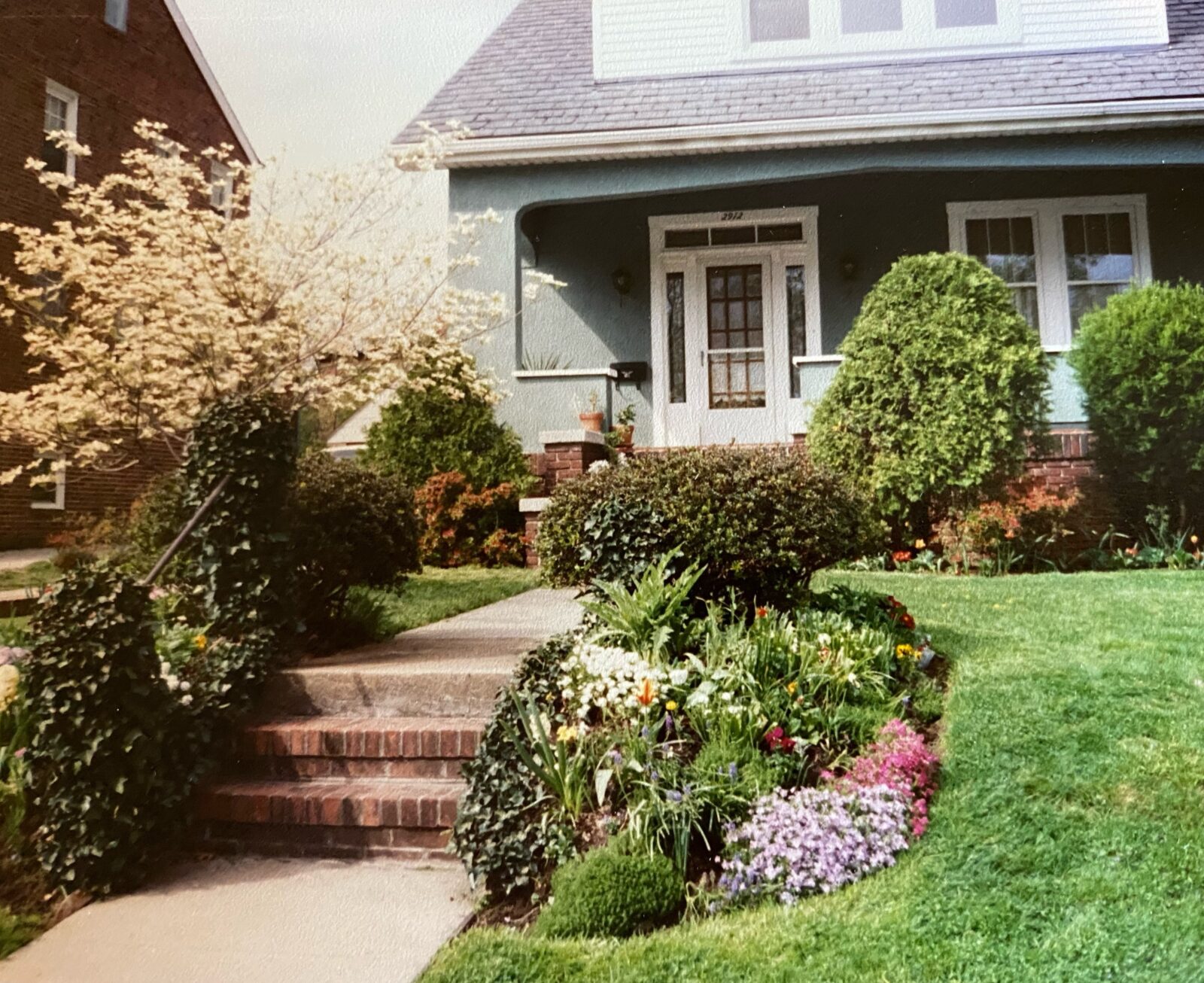
Mothers give us so much, but sometimes it takes a while for us to appreciate the gifts that we ca...
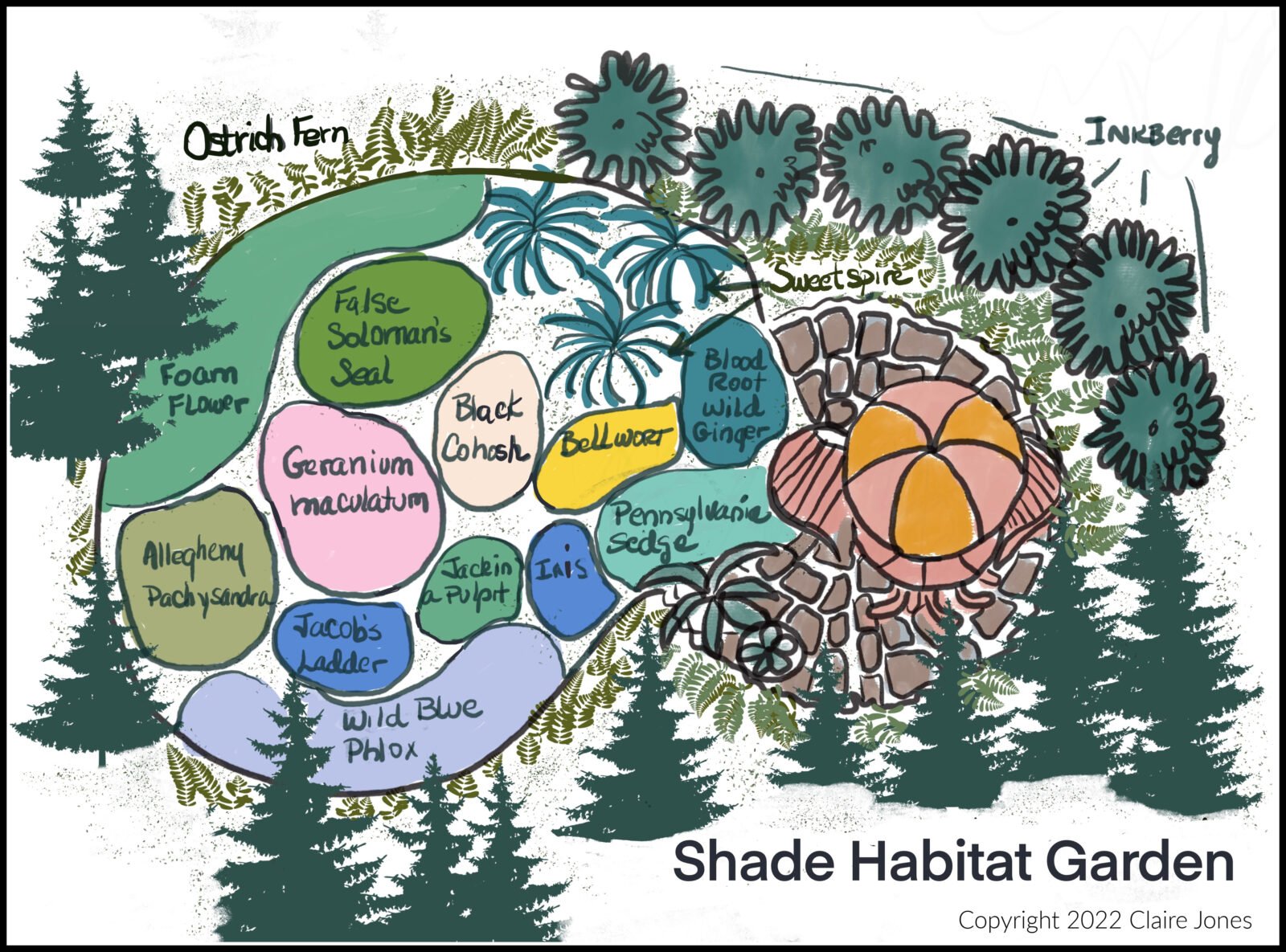
This is the second part of my Habitat Heroes Design series. The first part was a sunny garden of ...
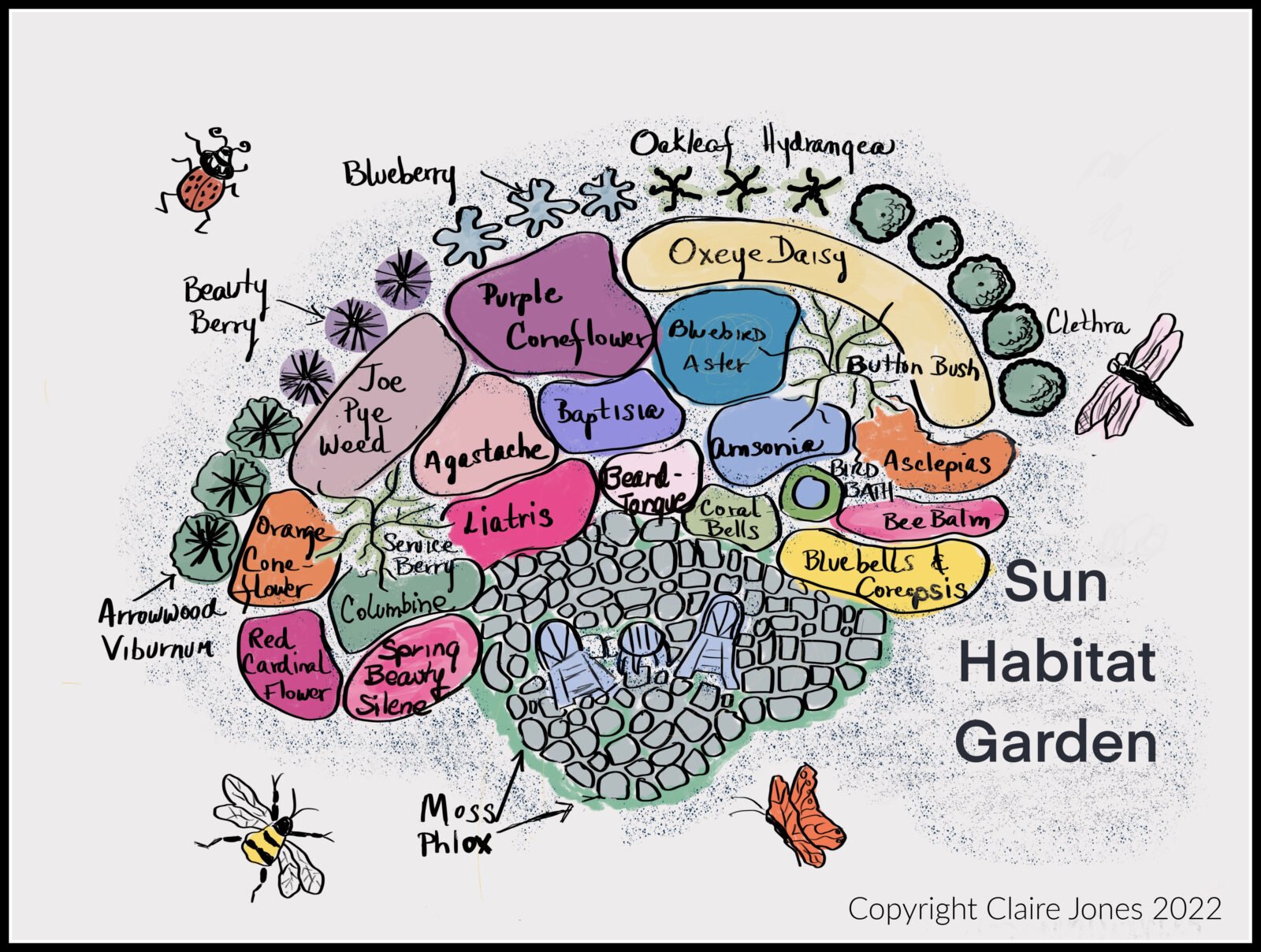
This blog post will cover how to design and install a Sunny “Habitat Hero Garden” with native...
Now Shipping for Spring 2024!